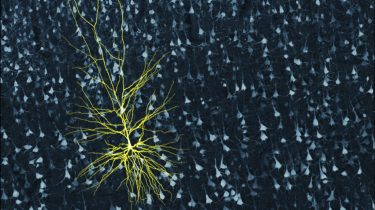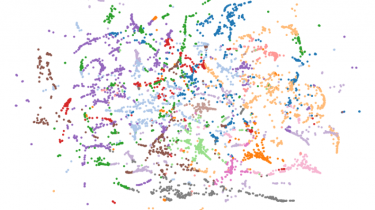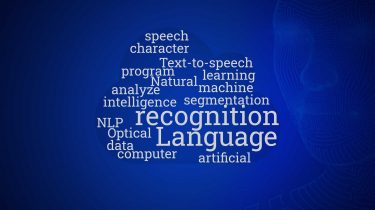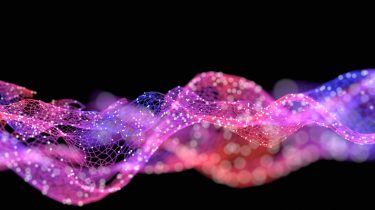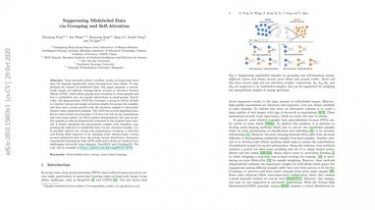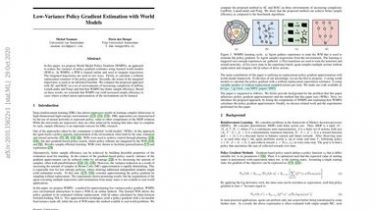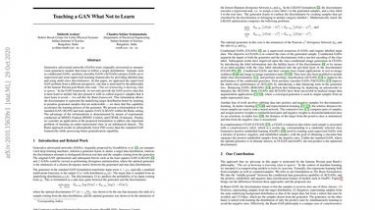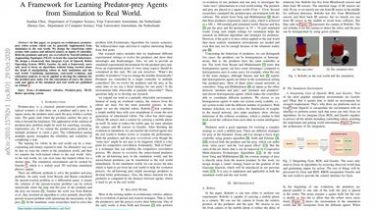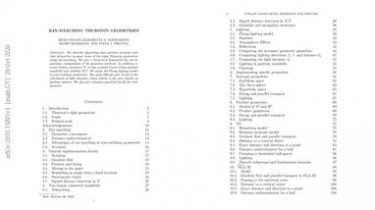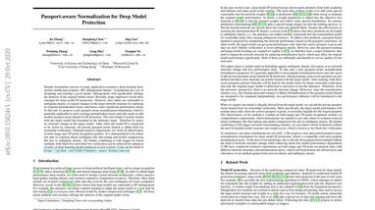A Comprehensive Guide to Attention Mechanism in Deep Learning for Everyone
Overview The attention mechanism has changed the way we work with deep learning algorithms Fields like Natural Language Processing (NLP) and even Computer Vision have been revolutionized by the attention mechanism We will learn how this attention mechanism works in deep learning, and even implement it in Python Introduction “Every once in a while, a revolutionary product comes along that changes everything.” – Steve Jobs What does one of the most famous quotes of the 21st century have to do with […]
Read more